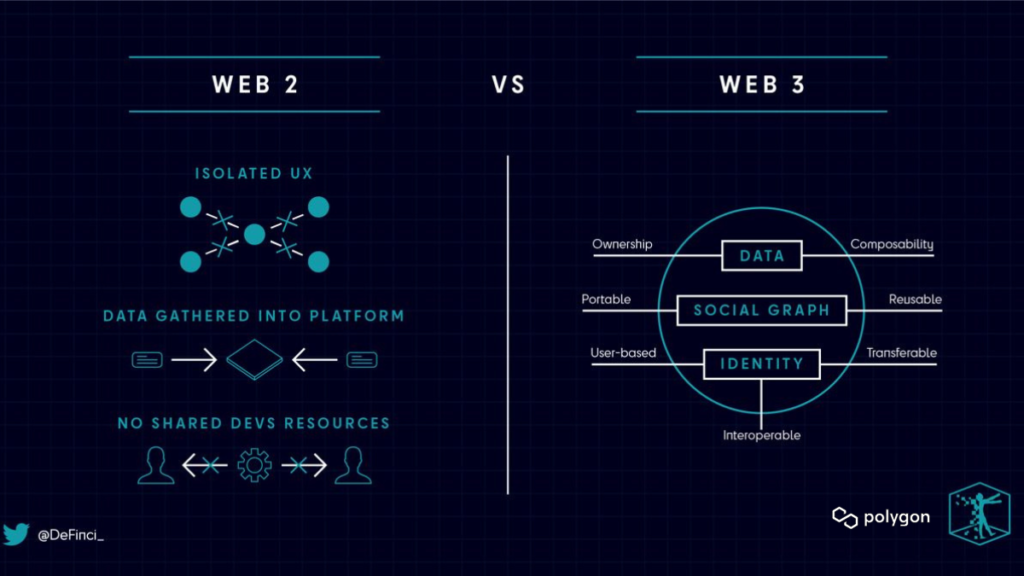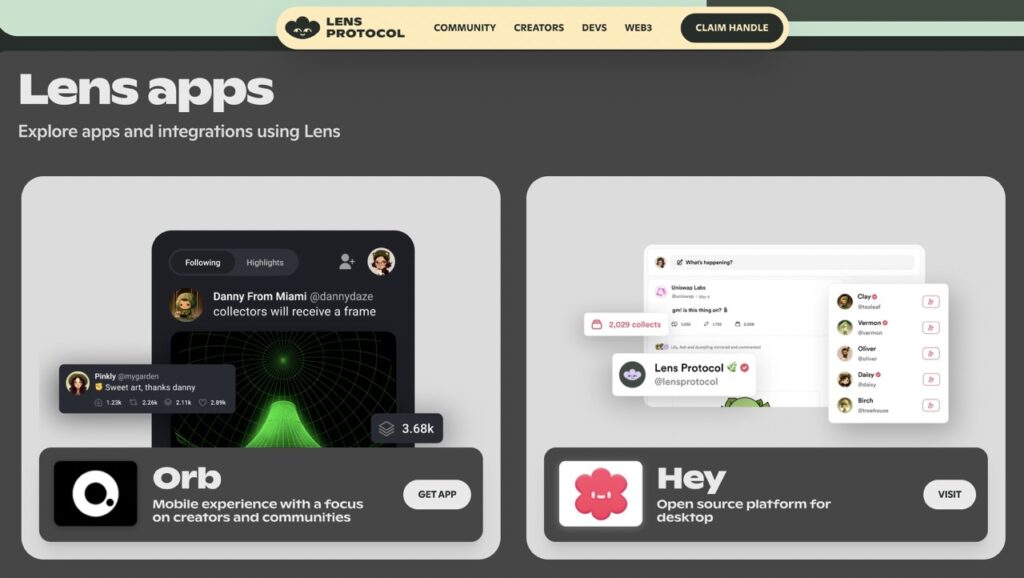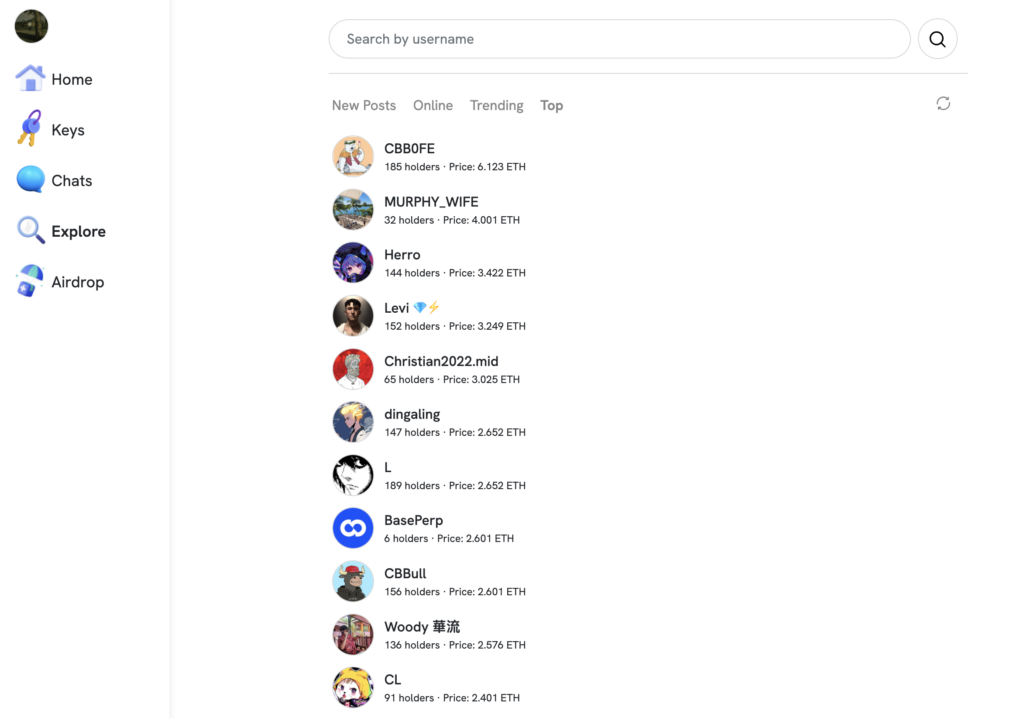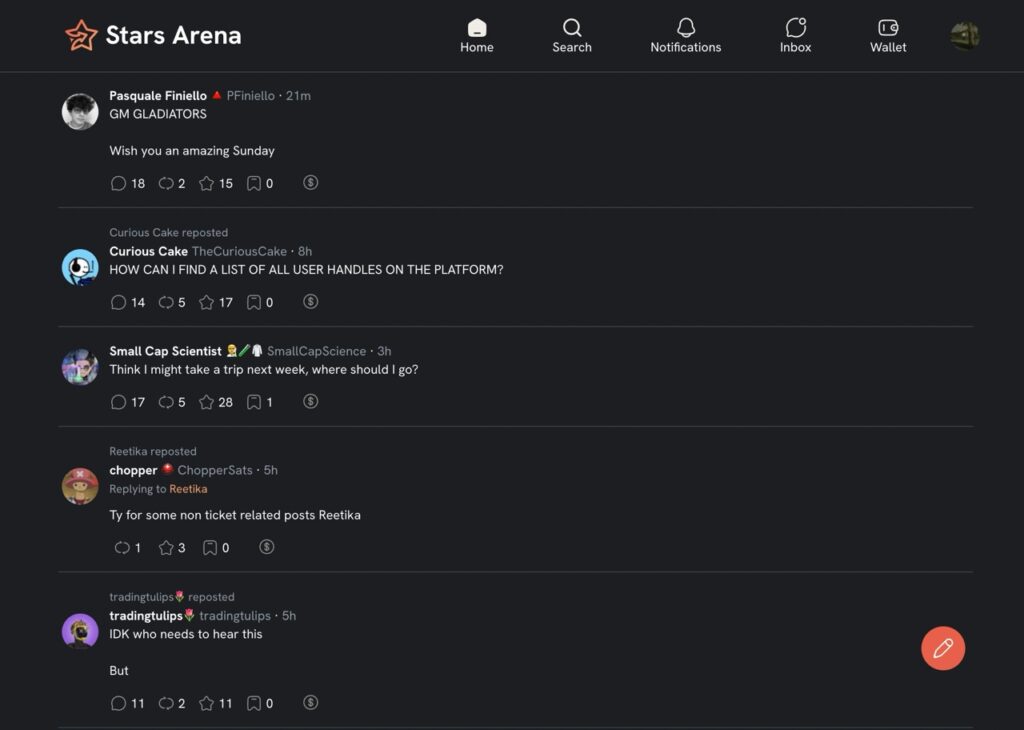Learn About DeSoc (Decentralized Social Media)
The crypto industry is a market with very strong narrative dynamics. At one time, a narrative about trading bots can steal the attention of investors but disappears after a few weeks. One month later, a new narrative suddenly emerged and dominated the market. One of the new narratives that is starting to become popular in the crypto community is decentralized social media or also known as SocialFi. So, what is decentralized social media and how does it work? This article will explain it in detail.
Article Summary
- 😀 Decentralized Social Media or DeSoc is a blockchain- based social media protocol that is decentralized, transparent, and gives users ownership of what they create.
- ⚠️ Conventional social media platforms such as Facebook and Twitter are criticized for excessive data monetization and complete control of the platforms to the detriment of users.
- 🖥️ The DeSoc protocol integrates a traditional front end with a blockchain back end. Therefore, DeSoc application development is quite complex and requires a balance between data security, ease of use, and scalability.
- ⚙️ Lens Protocol, Stars Arena, and Friend.tech are examples of decentralized social media applications that have developed, offering unique features and incentive mechanisms to attract users.
What is Decentralized Social Media?
DeSoc or Decentralized Social Media is a social media protocol that utilizes blockchain to store data and eliminate centralized control . So, what makes it different from the social media we use today? Why do decentralized social media protocols need to exist and be developed?
Decentralized social media protocols basically have no control over data and content, store it decentralized, and do not monetize their users' data . All this makes the DeSoc protocol have unique added value compared to social media applications such as Facebook and Twitter.
In recent years, many controversies have emerged from social media applications such as Twitter. Some of these are accusations of manipulation of opinions and topics and too liberal monetization of personal data.
In addition, companies like Google and Meta hold monopoly and centralized power in the social media sector, to the point that users have no control over their own content and accounts.
So, basically the two main problems with social media apps today are:
- Monetization of personal data : Meta and Google as dominant companies have full control over the data of each user. After creating an account, users automatically lose control of their personal data.
- Too much control : Social media application users have very minimal control over their respective accounts. Meta and Google have unilateral authority to limit activity, close accounts, and regulate what appears on our social media. Social media such as Twitter is often used as a political tool to censor certain political opinions . Content and user accounts may be suddenly closed without notice by either company.
How Decentralized Social Media Works
 Differences between web2 and web3 social media systems. Source: Polygon.
Differences between web2 and web3 social media systems. Source: Polygon.
Decentralized social media protocols have a fairly complex way of working because they combine elements of a traditional front end and a blockchain back end. The development team also has to determine what elements will be stored on the blockchain because the costs are often still expensive.
Additionally, decentralized social media needs to integrate web3 elements such as NFTs or crypto assets. In this context, decentralized social media is also often called SocialFi because it combines social elements and financial incentives.
The following are the four elements of decentralized social media:
1. Blockchain as a data storage place
Decentralized social media must utilize blockchain as a place to store data to create transparency and maintain the security of personal data. Sensitive data stored on the blockchain is more secure than stored on a regular server. Furthermore, using private keys or other Web3 methods can prevent hacking and data theft which is very common on social media.
If decentralized social media protocols store their data on the blockchain, this will reduce scalability as the costs involved will be very large. On the other hand, if the data is stored on a server, the security of the protocol automatically decreases. So, the development team still has to find a middle ground, such as utilizing cheap blockchains other than Ethereum and Bitcoin.
2. Smart Contracts
Decentralized social media protocols must be created using smart contracts like other DApps. All user interactions will also be connected to smart contracts on the blockchain. Therefore, smart contracts are an important element that determines the success of the protocol. Hacking through loopholes in smart contracts is very common in the world of DeFi. So, auditing, verifying, and opening smart contracts to the public is very useful to prevent hacking.
3. Private Key dan Public Key
Ideally, decentralized social media protocols utilize crypto asset security technology such as private key-public key or NFT as another web3 login method. Again, this ensures better security to prevent account theft.
4. Incentive and Token Mechanism
Decentralized social media applications typically integrate incentive elements through crypto assets . Apart from attracting users, this is also done to provide ownership of the account and content created by each user. For example, creators on Lens Protocol can limit access to content only to owners of certain tokens or NFTs.
Tokens as an incentive mechanism have also proven to be very effective in attracting users. Friend.tech has a points system that will be given in airdrops every week. This points system has succeeded in attracting thousands of users to its platform.
However, like DeFi or DEX applications, the use of incentive mechanisms adds complexity to the application and developers need to create a sustainable system. The worst thing that can happen is that users only use the platform to gain profits and then disappear after getting them.
Some Popular Decentralized Social Media Applications
1. Lens Protocol
 Two of the total five applications in Lens Protocol.
Two of the total five applications in Lens Protocol.
Lens Protocol is one of the largest decentralized social media applications built on the Polygon network. Rather than just an application, Lens is an ecosystem that has various software frameworks so that development teams can build various applications on top of Lens. Furthermore, Lens is modular so many of its elements can be modified and changed by the development team.
One of Lens' unique features is that you can immediately use the profile you create in all applications in the Lens Protocol ecosystem. This creates consistent social media profiles across all apps in Lens. The release of Lens V2 will also introduce various new features such as a social media manager for several profiles and Open Actions which can integrate features from other Dapps such as NFT minting.
Currently Lens has 125,000 profiles and is still in the testing phase. Users who want to use Lens must enter the queue list before they can create a profile. Some applications that you can use on Lens are Hey (social media platform similar to Twitter), Riff (music platform), Dumpling ( streaming platform), Tape (video platform), Buttrfly (image-based social media platform), and Orb (media platform social media like Twitter/Reddit).
2. Friend.tech
 Friend.tech display.
Friend.tech display.
Friend.tech or FT is a decentralized social media application on L2 Base with a very strong financial incentive aspect. FT is one of the latest iterations of the SocialFi application which combines messaging, social media and trading applications. In Friend.tech, you can buy keys for each user to gain access to the messaging room with that person.
FT is often labeled as a “marketplace for your friends” because you basically speculate by trading other people's accounts. Friend.tech tokenizes the social value of each user.
Many well-known crypto asset influencers reach very high prices on the FT. So, many people make FT like a private group to learn trading, share trading signals , and the like. FT has a total of around 831,000 users.
3. Stars Arena
 Stars Arena view.
Stars Arena view.
Stars Arena is a decentralized social media application on Avalanche that integrates several financial elements. SA capitalizes on the momentum of the SocialFi trend started by Friend.tech . However, unlike FT, Stars Arena has a look and function that is very similar to many social media such as X (Twitter) and Facebook.
In SA, you can directly interact with other people without having to buy keys like in FT. The appearance of Stars Arena is very similar to Twitter where you can follow other people, reply to what they write, and also write your own content. Then, just like FT, you can buy keys (Stars Arena calls them shares) and enter a private group with the account you bought and other people who also bought them.
Stars Arena experienced a $3 million dollar hack in its first week of launch. Since then, SA has undergone 2 smart contract audits and now has a new, more experienced team.
You can directly access and participate in Stars Arena by connecting your X account to SA. If you are just curious, you don't need to buy shares on StarsArena and can interact with other users. SA has a total of around 36,000 users.
The Future of Decentralized Social Media
Decentralized social media or DeSoc is a sector that has great potential to attract many new users. With such a large number of social media users ( around 4.9 billion in the world ) the web3 world also needs its own social media. Currently, there are efforts to create decentralized social media with features such as financial incentives via tokens, permanent ownership on -chain , and decentralized protocols.
Lens Protocol, Friend.tech, and Stars Arena are three different ways of developing DeSoc applications. All three have their own advantages and disadvantages and target different types of users. Protocols like Lens and Farcaster want to create their own ecosystem like Meta and Google while SA and FT are applications that want to interact directly with users.
However, decentralized social media applications have not succeeded in attracting significant users. Friend.tech has the most users but various metrics show that this number continues to decline. Stars Arena and Lens also face their own problems, such as hacking cases and infrastructure that is not ready to accept a large number of users.
Even so, decentralized social media is clearly needed. The advantages of decentralized social media lie in the type of open protocol that can be used by anyone, data transparency, and user ownership of the content and accounts they create.
Currently, we just need to wait for which decentralized social media project succeeds in attracting the attention of crypto asset users and then becomes more widely adopted.
Conclusion
The crypto industry continues to innovate and new narratives such as decentralized social media (DeSoc) or SocialFi are becoming hot topics. DeSoc offers solutions to the issues faced by conventional social media platforms, namely monetization of personal data and full control by large companies.
Decentralized social media protocols use smart contracts , leverage security through private keys , and give users ownership of their accounts and content. Popular applications such as Lens Protocol and Friend.tech are one attempt to create DeSoc. Decentralized social media protocols promise users greater transparency, security and control.
Thanks for reading :)










































